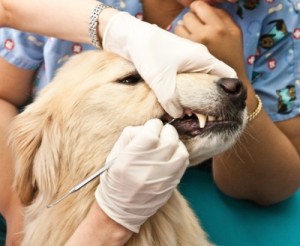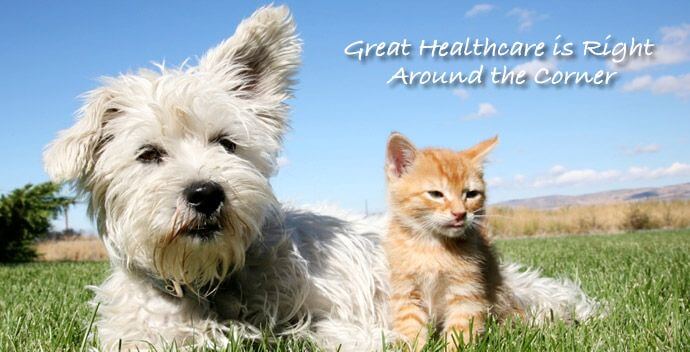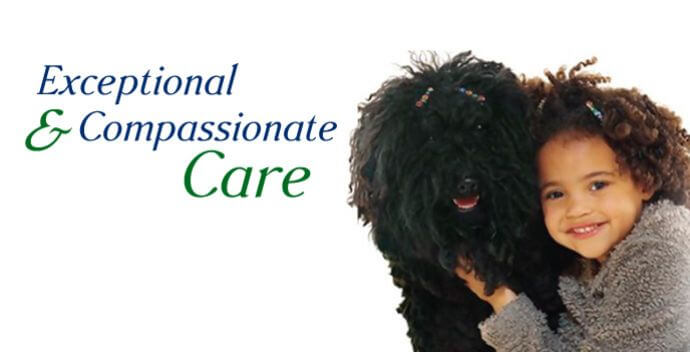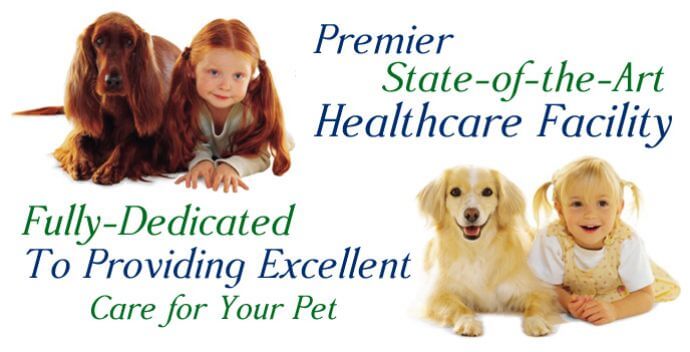February 28, 2014, 3:21 pm
 You love your furry friend, but don’t love their bad breathe. How do you go about getting rid of this so you can enjoy those kisses more? The following are tips to help your dog have better smelling breathe and a healthy mouth at the same time.
You love your furry friend, but don’t love their bad breathe. How do you go about getting rid of this so you can enjoy those kisses more? The following are tips to help your dog have better smelling breathe and a healthy mouth at the same time.
The best way to fight it is to brush your dog’s teeth on a regular basis. Their bad breathe is caused by bacteria build up on the teeth and gums. If this is the case and it is never rectified your dog’s breathe might the only thing going awry. This bacteria can spread to their lungs and guts causing infections and diseases. This type of bad breathe, or halitosis should be looked at by a vet.
If your dog’s breathe doesn’t nauseate you (which is usually a sign of bacteria build up in your dog’s mouth), but is not a bed roses there are somethings you can do to make it smell better. You should have your dog’s teeth checked 1-2 times a year, and if you notice a sudden stink that wasn’t there before, check his/her mouth for food lodged between the teeth. Brush your dog’s teeth once a day, this will help to eliminate bad breathe, fight tooth decay and gum disease, and stop periodontal disease from occurring.
If you’re feeling like you can handle it, floss your dog’s teeth much like how you would floss your own. We know that flossing is good for our teeth, but not all of us do this everyday. Well your dog’s teeth could use some of that same TLC.
Give your dog safe toys to chew, hard rubber toys, raw hide bones and ropes are excellent chew toys for your dog to help loosen plaque build up, and if you smear some tooth paste on the toys it will also help your dog to become accustomed to the flavor of the paste.
Specialized dental treats also help your dog’s teeth and breathe from becoming intolerable. A chemical that helps promote healthy teeth and breath is Chlorhexidine. Foods and treats that contain this chemical are safe to eat, the chemical acts as an antiseptic and stops odor causing bacteria from forming in your dog’s mouth.
Diet is another thing to look at. If your dog is eating a lot of meat this will also cause bad breathe, Make sure your dog is getting a balanced diet, which should include an intake of vegetables and rice. Your dog’s eating habits can also cause bad breathe. If your dog is eating often throughout the day this can also cause bad breathe because it will feed the bacteria that is forming in your dog’s mouth. Also cleaning and giving your dog fresh water daily can eliminate bacteria growing in his/her water supply.
February 21, 2014, 4:22 pm
 Heterodont teeth are teeth that you typically find in mice, rabbits, and other animals that eat grain as their main source of nourishment. The heterodontal teeth are the four teeth in the front, the two incisors on top and the two incisors on the bottom.
Heterodont teeth are teeth that you typically find in mice, rabbits, and other animals that eat grain as their main source of nourishment. The heterodontal teeth are the four teeth in the front, the two incisors on top and the two incisors on the bottom.
These types of teeth are always growing, which is why these animals are partial to gnawing. In order to stop the teeth from outgrowing the mouth, these animals need to chew and gnaw on wood or toys that are made specially to help them to wear down the incisors.
An animal whose heterodontal teeth are too big for their mouth will have trouble eating, and this can spell health problems and possibly death if it isn’t rectified.
When you are purchasing a pet always talk with the pet store worker or vet about the specific needs of the animal you are purchasing. When you are prepared to look after the animal it will make your life easier knowing what is expected of you as a pet owner and make life more enjoyable for your furry friend.
When buying toys and food from the pet store make sure there isn’t any additives to the food that your pet doesn’t need, these can make them sick and unhealthy. The best things for your pet are found in nature. If you can’t find the food or toys in the outdoors around your house, see if you can find a pet store that carries them.
Helping your little critter wear down his heterodontal teeth should be an easy task, do research on the internet and talk to your vet for advice and your pet will live a long and happy life.
February 15, 2014, 9:32 pm
 This is a procedure that is only done when there is a specific need for it. Unfortunately you might not even know that your dog is suffering. Sure signs that your dog is having difficulty with its teeth are changes to their eating habits or loss of appetite, unusual night awakenings, rubbing the face against things or facial swelling. If you notice these signs in your dog take him/her right away to your vet. Dogs can start having problems with their teeth as young as four years old.
This is a procedure that is only done when there is a specific need for it. Unfortunately you might not even know that your dog is suffering. Sure signs that your dog is having difficulty with its teeth are changes to their eating habits or loss of appetite, unusual night awakenings, rubbing the face against things or facial swelling. If you notice these signs in your dog take him/her right away to your vet. Dogs can start having problems with their teeth as young as four years old.
Not all vets are trained to deal with dental problems, you’ll want to make sure that you get a consultation with your vet about the type of procedure your dog will go through and the after care that you’ll need to provide.
A tooth extraction is not simply just the pulling of a tooth, it can involve infection, abscess, cracked tooth, or periodontal disease. Some of these are simple procedure that can be followed by a short healing period or a longer one depending on the type of complications that arise form the extraction.
In some cases all the teeth must be removed, this is more common than you would think. If your dog need to have its teeth extracted always get the specifics of the procedure, and if your vet isn’t able to extract the teeth or tooth be sure to get a referral to a vet who is capable and has experience.
As long as you know the signs of a dog who is suffering from dental pain you will get help sooner when the problem may not be too severe, if you don’t recognize the signs, then the pooch may not only be in severe pain, but have more complications when the extraction takes place.
February 7, 2014, 6:38 pm
 February has been selected as National Pet Dental Health Month. Every Friday we will look at a different oral condition and explain what it is and how it can be prevented.
February has been selected as National Pet Dental Health Month. Every Friday we will look at a different oral condition and explain what it is and how it can be prevented.
This week’s issue is gingivitis. Animal’s rarely get cavities because pet food is usually sugar free (as in contains no sugar or sweeteners) or lower in sugars than human food. However, animals are as susceptible to periodontal disease as humans are. These diseases are caused by plaque build up on the teeth and gums.
Gingivitis is the first step in periodontal diseases. This is caused by a build up of tartar which irritates the gums and causes swelling of the gums and bleeding gums. These are the first signs of gingivitis. Your dog may display other signs of gingivitis such as red gums, trouble eating, and bad breathe that smells sulfuric (like rotten eggs).
If you catch the gingivitis at this stage you can prevent serious health issues. You can do this by taking your cat and dog for teeth cleaning and learning how to brush your pet’s teeth yourself. (See our blog which teaches you how to clean your dog’s teeth.)
If you don’t take your pet for teeth cleaning the gingivitis can lead to serious periodontal disease which can result in bone loss and tooth decay. The tooth root may also rot and cause the teeth to fall out. An infection may even take place that can spread throughout the body and cause further problems and even premature death.
Al this can be avoided with regular dental care and cleaning. Vet’s recommend getting into a teeth cleaning regiment at home to prevent tooth and gum problems. Read our blog on how to brush your dog’s teeth here.
 You love your furry friend, but don’t love their bad breathe. How do you go about getting rid of this so you can enjoy those kisses more? The following are tips to help your dog have better smelling breathe and a healthy mouth at the same time.
You love your furry friend, but don’t love their bad breathe. How do you go about getting rid of this so you can enjoy those kisses more? The following are tips to help your dog have better smelling breathe and a healthy mouth at the same time.











 Website Created by TCP Global Solutions
Website Created by TCP Global Solutions